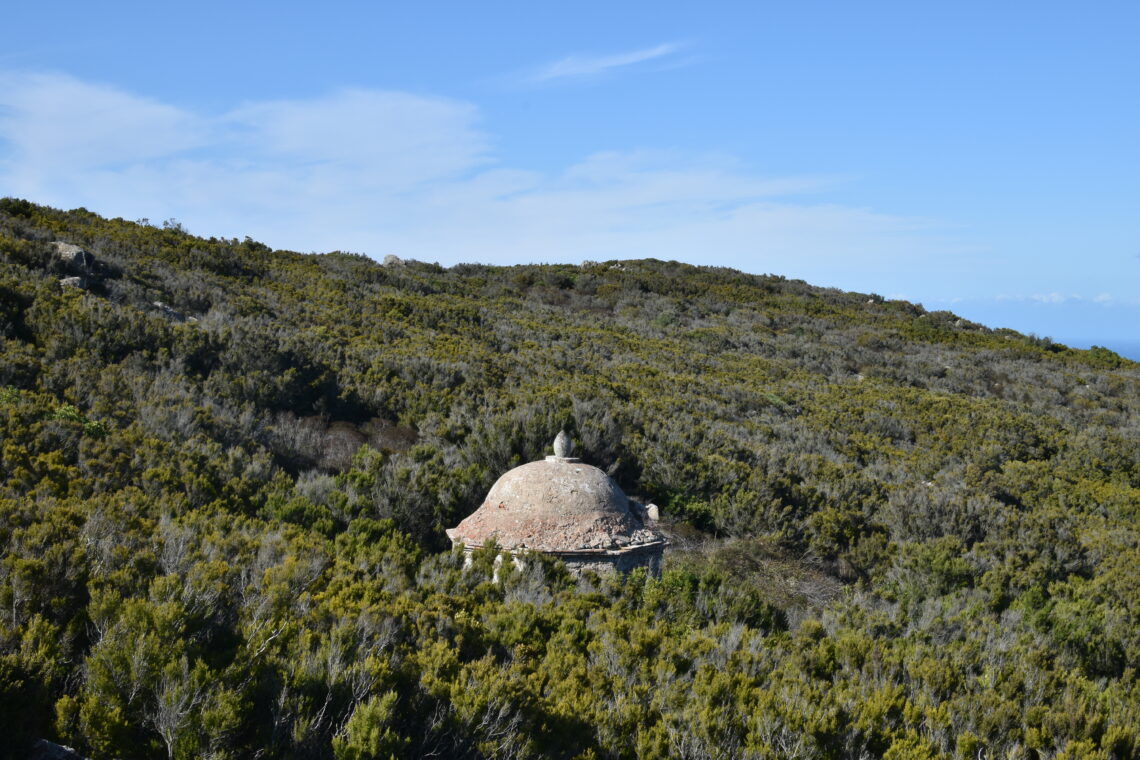
Le piante del percorso e la macchia mediterranea
La macchia mediterranea è una formazione vegetale sempreverde formata da specie arbustive ed arboree e nelle sue diverse tipologie, è la protagonista della flora isolana: nelle valli la macchia alta raggiunge il suo massimo sviluppo, vi dominano il leccio, l’erica arborea, il corbezzolo, il lentisco, il mirto. La macchia bassa, in cui prevalgono il cisto marino e l’euforbia, è la più estesa sull’isola. Le pratiche dell’incendio e del pascolo hanno generato nei secoli ambienti con rocce affioranti e una vegetazione bassa e discontinua costituita prevalentemente da piante aromatiche (gariga) tra cui il profumato e caratteristico elicriso. La steppa rappresenta l’ultimo stato di degrado delle foreste, in particolare la steppa ad asfodeli con un’emozionante fioritura primaverile. Sulle rupi nascono specie endemiche meritevoli di massima protezione, tra cui il fiordaliso di Capraia e la linajola di Capraia.
The Mediterranean scrub is an evergreen plant formation made up of shrub and tree species and in its various types, is the “star” of the island’s flora: in the valleys, the high scrub reaches its maximum development, dominated by holm oaks, arboreal heather, strawberry trees, mastic trees and myrtle. The low scrub, in which marine cistus and euphorbia prevail, is the most extensive on the island. Over the centuries, fire and grazing practices have generated environments with rocky outcrops and low, discontinuous vegetation consisting mainly of aromatic plants (garrigue), including the fragrant and characteristic helichrysum. The steppe represents the last state of forest degradation, in particular the asphodel steppe with its exciting spring flowering. Endemic species worthy of protection grow on the cliffs, including the Capraia cornflower and the linajola of Capraia.
- Alaterno
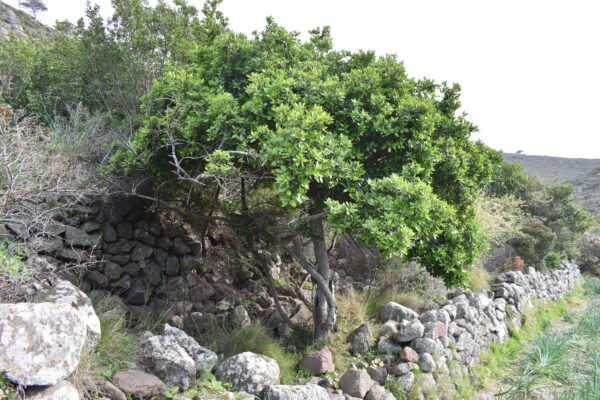
- Alloro
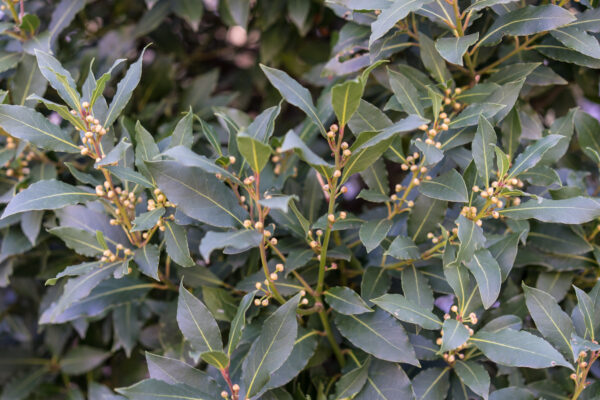
- Biancospino
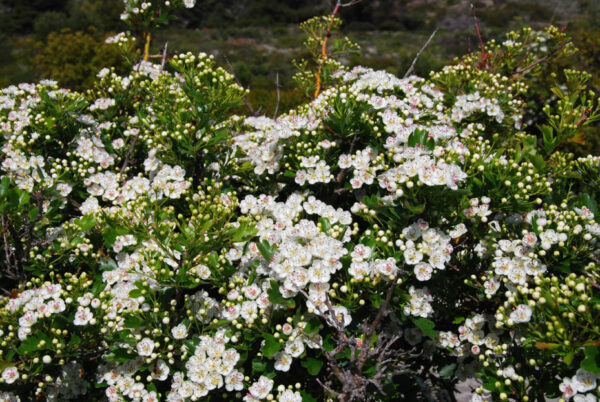
- Caglio Cinereo delle Capre
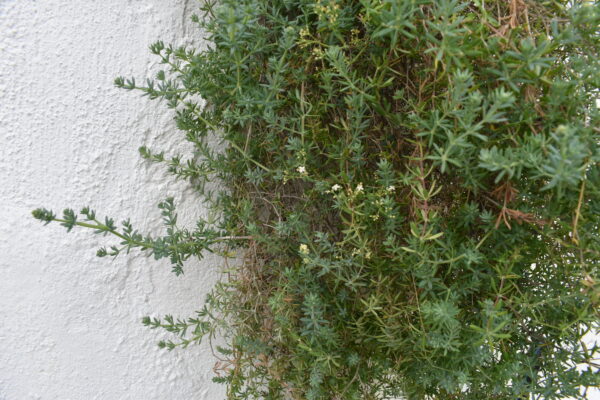
- Canna comune
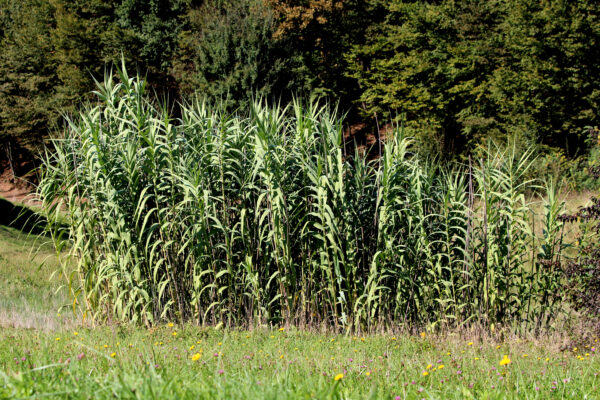
- Carice a frutti minimi
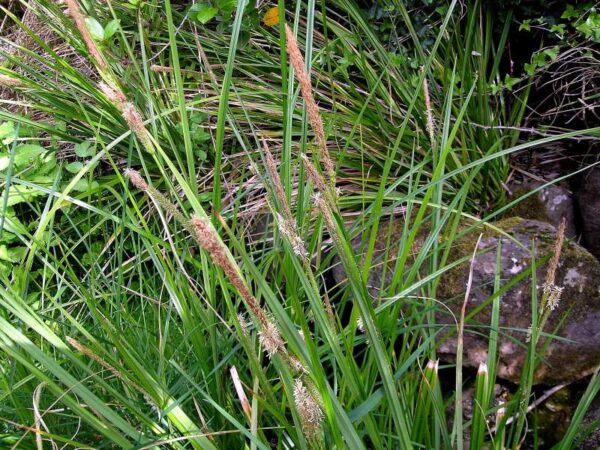
- Ciclamino autunnale
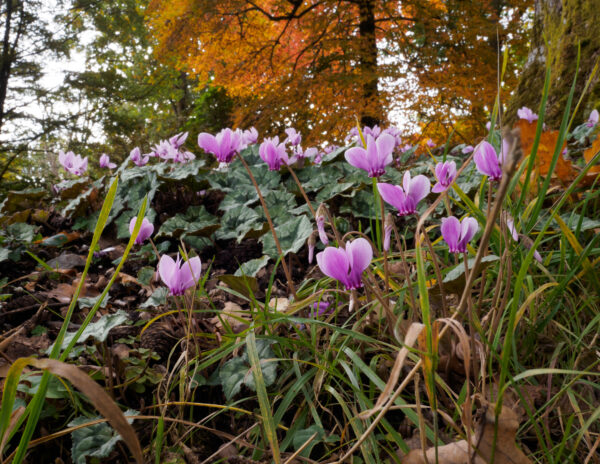
- Corbezzolo
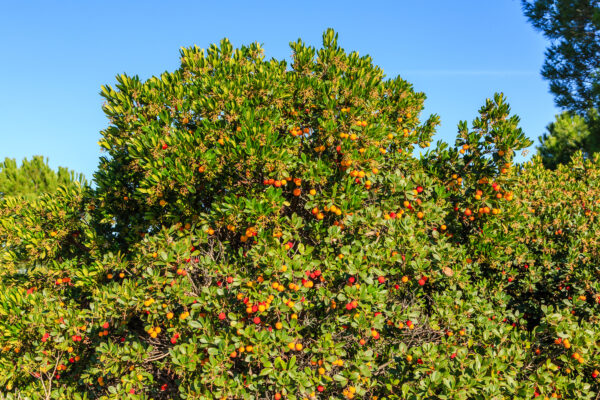
- Dialoghi sull’acqua
- Euforbia arborea
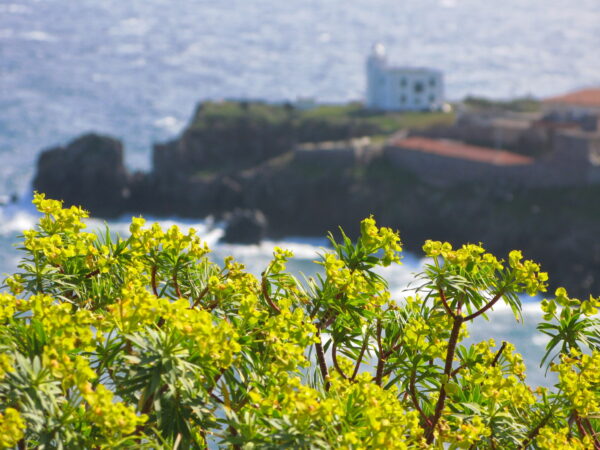
- Felce aquilina
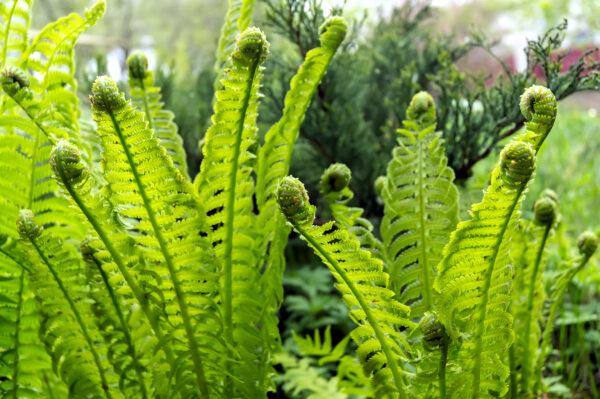
- Fillirea, Ilatro sottile
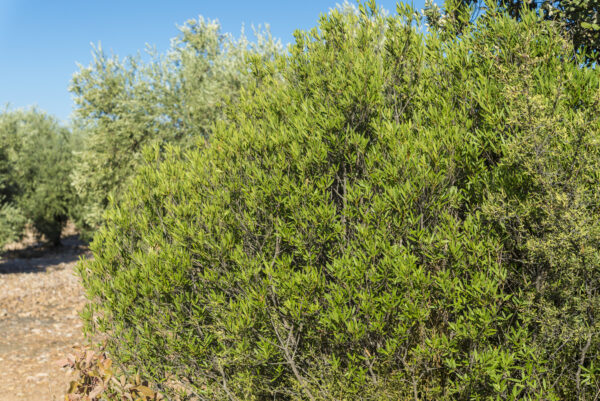
- Fiordaliso di Capraia
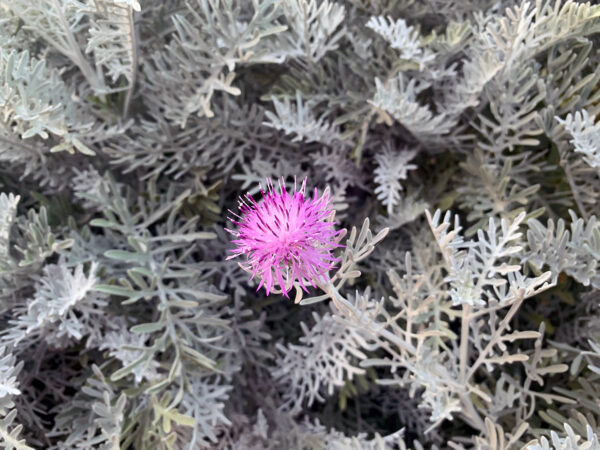
- Ginestra odorosa
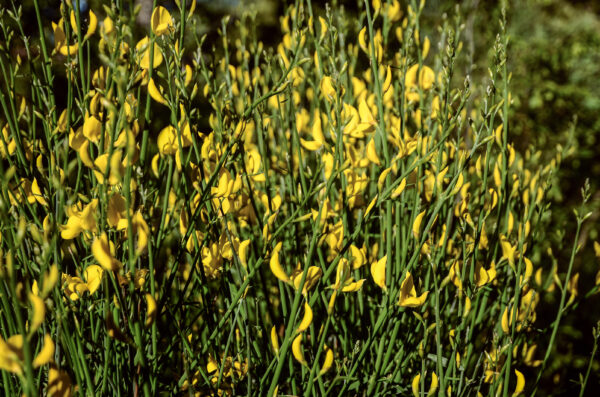
- Leccio
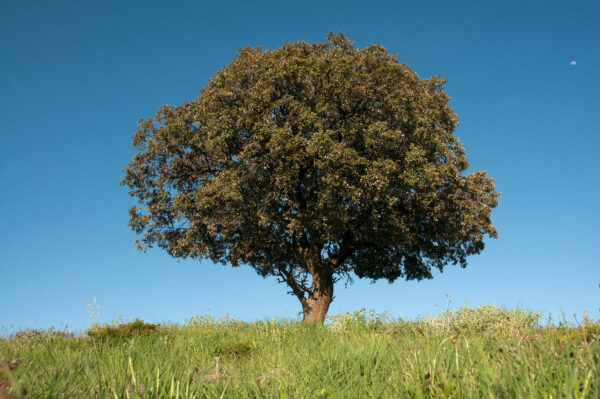
- Linajola di Capraia
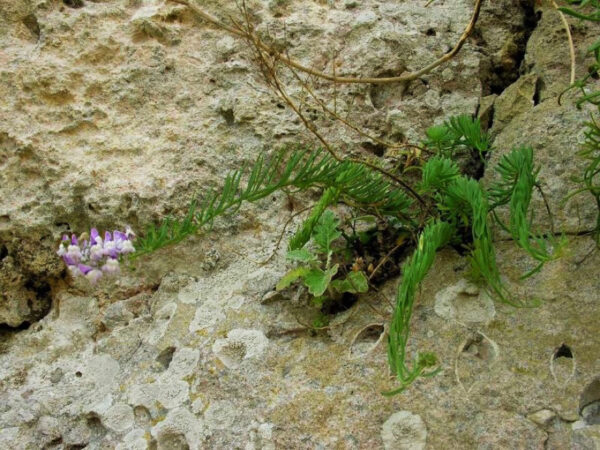
- Menta delle isole
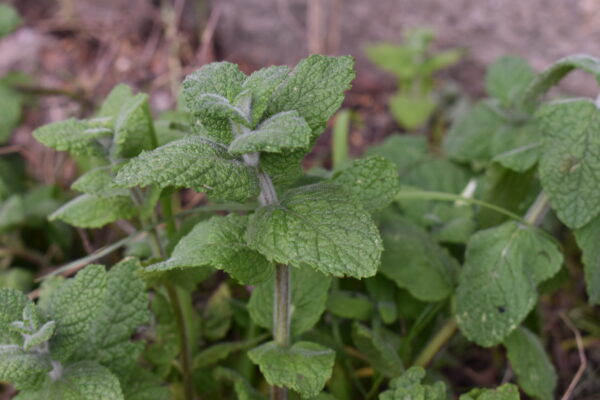
- Menta romana
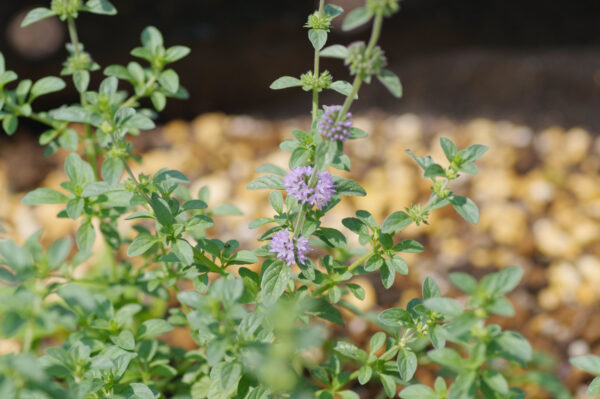
- Oleandro
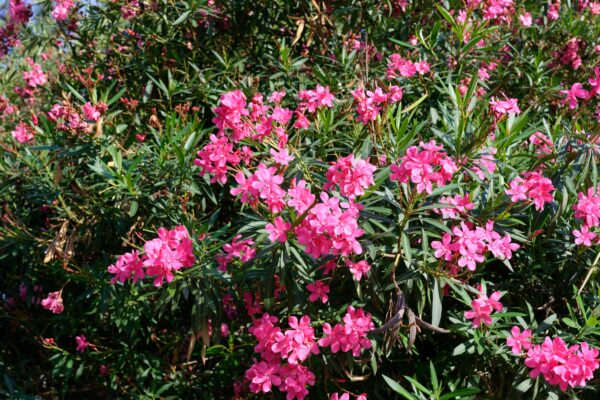
- Pino d’Aleppo
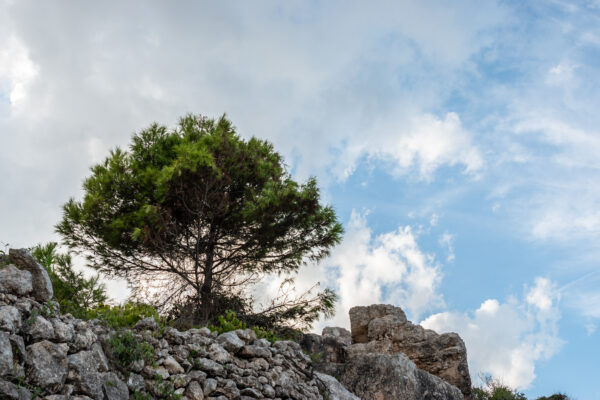
- Prugnolo Selvatico
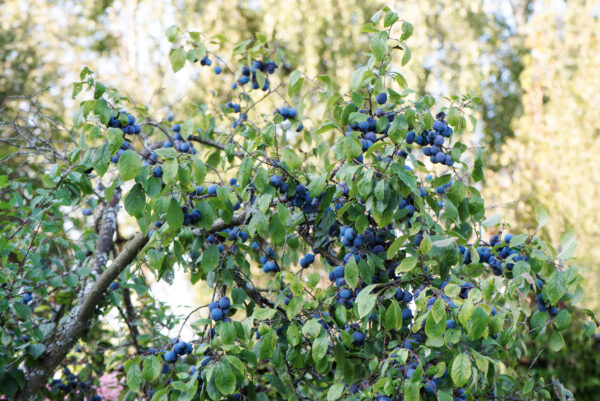
- Rosmarino
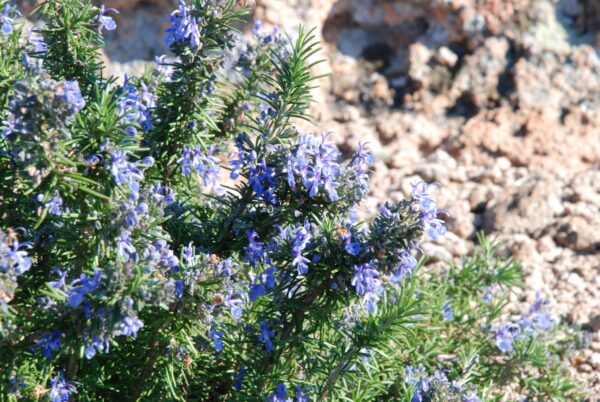
- Salsapariglia
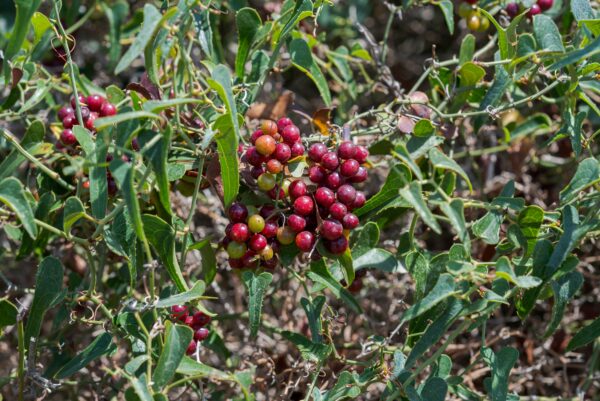
- Scarlina

- Stecade / Lavanda selvatica
